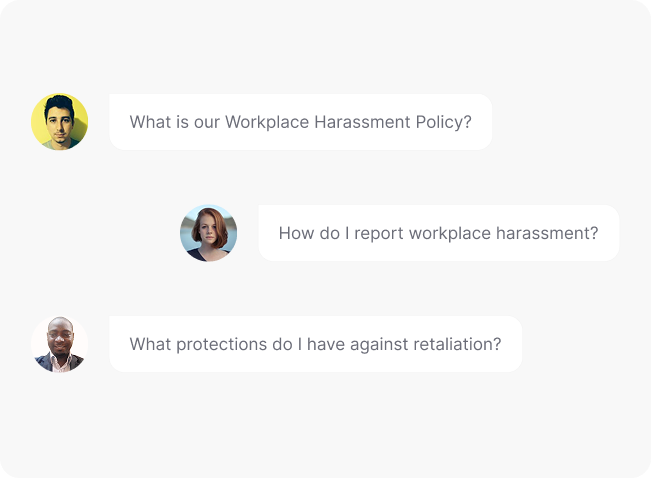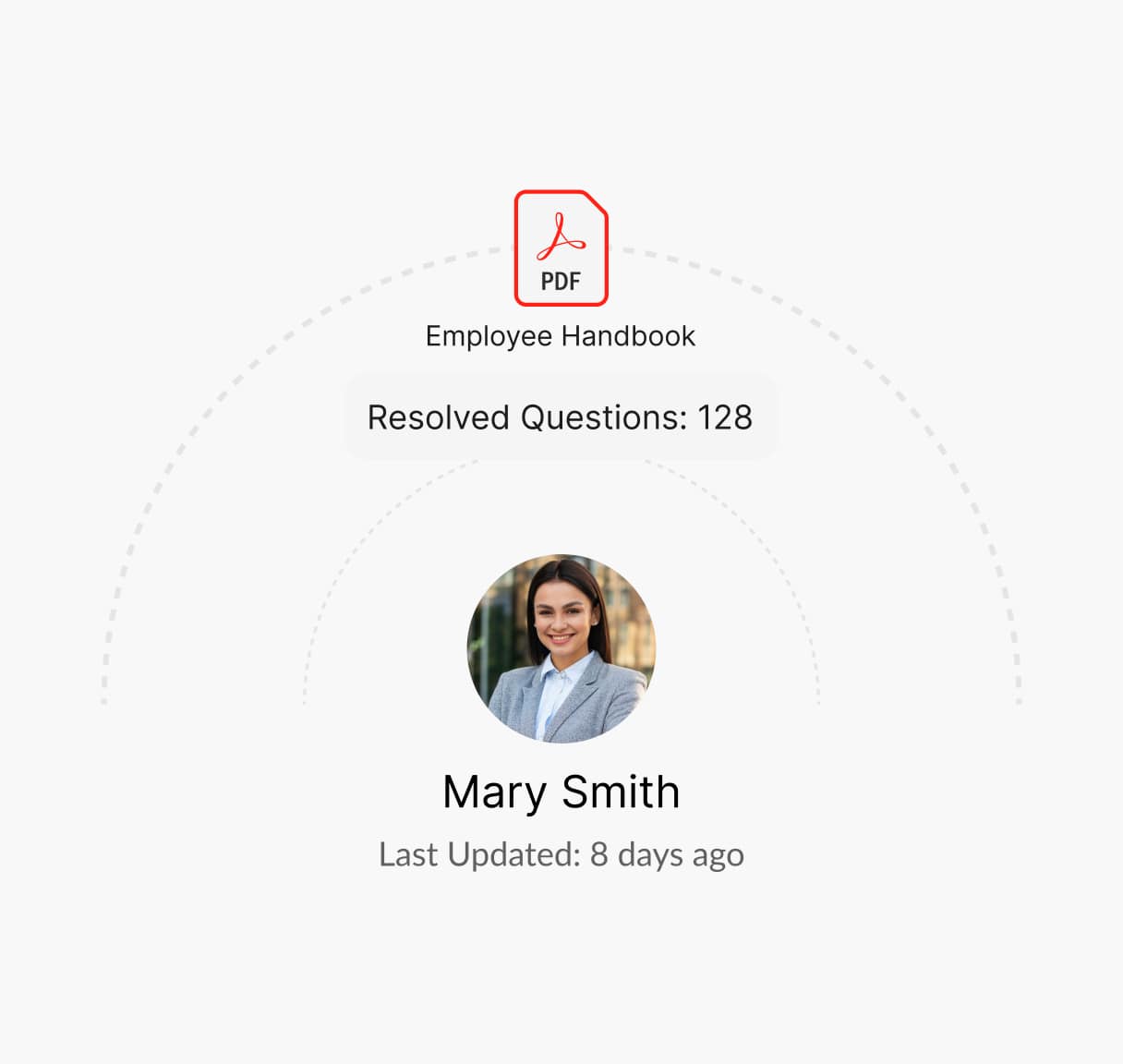Everything You Need to Know About Workplace Harassment Policy
A workplace harassment policy is crucial for creating a respectful, safe, and inclusive work environment. It sets the standard for acceptable behavior and provides clear guidelines for identifying, preventing, and addressing harassment in the workplace.

What is a Workplace Harassment Policy?
A workplace harassment policy outlines an organization’s commitment to preventing harassment in all its forms. It defines what constitutes harassment, establishes procedures for reporting incidents, and ensures that appropriate actions are taken to address complaints. The policy is designed to protect employees from behavior that creates an intimidating, hostile, or offensive work environment, and it reinforces the organization’s dedication to promoting a respectful workplace culture.
Guidelines for Creating a Workplace Harassment Policy
To create a truly effective workplace harassment policy, it’s essential to focus on practical strategies that foster a proactive and supportive environment. Here’s how you can develop a policy that resonates with your team and addresses potential issues head-on:
Identify Specific Harassment Scenarios
Develop a clear list of specific behaviors that constitute harassment. This can include physical actions, verbal abuse, non-verbal behavior (such as gestures or body language), and digital harassment. Providing concrete examples helps employees understand what is unacceptable.
Establish Clear Reporting Protocols
Design a transparent and easy-to-follow reporting process. Make sure employees understand the different reporting options, including anonymous methods, and ensure that multiple entry points are available (e.g., HR, managers, or external channels).
Encourage Preventive Measures
Introduce preventive measures such as team-building activities, workshops, and clear communication about respectful workplace behavior. A proactive approach can prevent harassment before it starts, creating a culture of awareness and mutual respect.
Ensure Accessibility for All Employees
Draft the policy in plain language to make it accessible to every employee, regardless of their background or role. Make sure it’s available in various formats (written, digital, etc.) and in multiple languages if needed.
Detail Support for Victims
Outline the support structures available to employees who experience harassment, including counseling, temporary reassignments, and accommodations. Employees need to feel supported, not just in the reporting process, but also in how they are cared for afterward.
Clarify Consequences for Harassment
Clearly explain the potential consequences of harassment, including the disciplinary actions that will follow. Ensure that these consequences are consistent and enforced for all employees, regardless of their position or seniority.
What is Covered in a Workplace Harassment Policy?
An effective Workplace Harassment Policy should include the following
Harassment Spectrum
Clearly define harassment as a spectrum, including both overt and subtle forms. Address verbal harassment, physical intimidation, sexual harassment, bullying, and online harassment. This ensures a wide range of behaviors are covered, leaving no room for ambiguity.
Power Dynamics and Abuse
Acknowledge the role of power dynamics in harassment, such as instances where someone in a position of authority exploits their power to harass subordinates.Define scenarios where harassment could arise due to a person’s position of power, ensuring the policy applies to all levels within the organization.
Behavioral Examples
Provide a wide range of real-life examples of what constitutes harassment, including inappropriate comments, offensive jokes, unwanted physical contact, and sabotaging someone’s work. These examples help employees identify harassment beyond traditional stereotypes.
Environmental and Systemic Harassment
Address environmental harassment, such as a toxic workplace culture or the impact of discriminatory practices that contribute to a hostile work environment. Also, recognize systemic harassment, like biased policies or practices that enable discrimination.
Support for Victims
Outline support options for employees who experience harassment, such as counseling services, temporary reassignments, or other accommodations. Make sure employees understand how to access these resources confidentially.
Third-Party Harassment
Include protections against harassment by third parties like clients, vendors, or visitors. Clearly define how harassment from non-employees will be addressed and handled within the organization.
Retaliation Protections
Create a section that outlines how retaliation against employees who report harassment is prohibitted with disciplinary measures taken to reinforce a culture of safety and openness for those who report concerns.
Need help creating a Workplace Harassment Policy?
How Winslow Helps HR Teams Save Time on Responding to Workplace Harassment Related Queries Effectively
Winslow, your AI-powered HR assistant, streamlines the enforcement and management of your workplace harassment policy, offering real-time support and resources:

Instant answers anytime
Winslow enables employees to access the workplace harassment policy anytime through channels like Slack, Teams, or email, ensuring they always have the information they need.
Personalized Support
Winslow provides immediate, AI-driven answers to all HR questions, including those about your Workplace Harassment Policy, ensuring employees have access to reporting procedures and support resources.


Analytics and Insights
Winslow tracks policy-related queries, helping you identify trends and areas where your policy might need improvement.
Resolve Sensitive Issues Faster with Winslow
Ensure that harassment-related concerns are addressed promptly and effectively. Empower your HR team to manage sensitive inquiries with ease, providing quicker, more effective responses with Winslow’s AI assistance.
Frequently asked questions
Have further questions about Winslow, contact us at sales@usewinslow.com
Can harassment occur if the person doing it is unaware their behavior is inappropriate?
Yes, harassment can still occur even if the perpetrator does not realize their behavior is harmful. It is important to report the incident so that the behavior can be addressed, and a clear understanding of appropriate conduct can be communicated.
What is the timeline for investigating a harassment complaint?
The timeline can vary depending on the complexity of the case, but all complaints must ideally be acknowledged within 24-48 hours. A thorough investigation must follow, and HR must aim to resolve the issue within a reasonable period, keeping the involved parties informed throughout.
How do I know if I’m being harassed?
If you feel uncomfortable, threatened, or unsafe due to someone’s actions or comments based on your protected characteristics, it may be harassment. If you are unsure, you can always seek guidance from HR or access your organization’s harassment policy for clarity.
How can Winslow help me understand my workplace harassment policy?
Winslow can instantly answer your questions about workplace harassment policies, including reporting procedures, investigation timelines, and employee rights, ensuring you have quick and accurate information when you need it.
Additional resources
Device Usage Policy
Managing employee leave effectively is vital for maintaining workforce productivity and compliance....
Learn moreconfidentiality policy
Protecting sensitive information is crucial. A clear Confidentiality Policy outlines guidelines for...
Learn moreclaim reimbursement
Ensuring fair compensation for expenses is key. A clear Claim Reimbursement Policy...
Learn more




